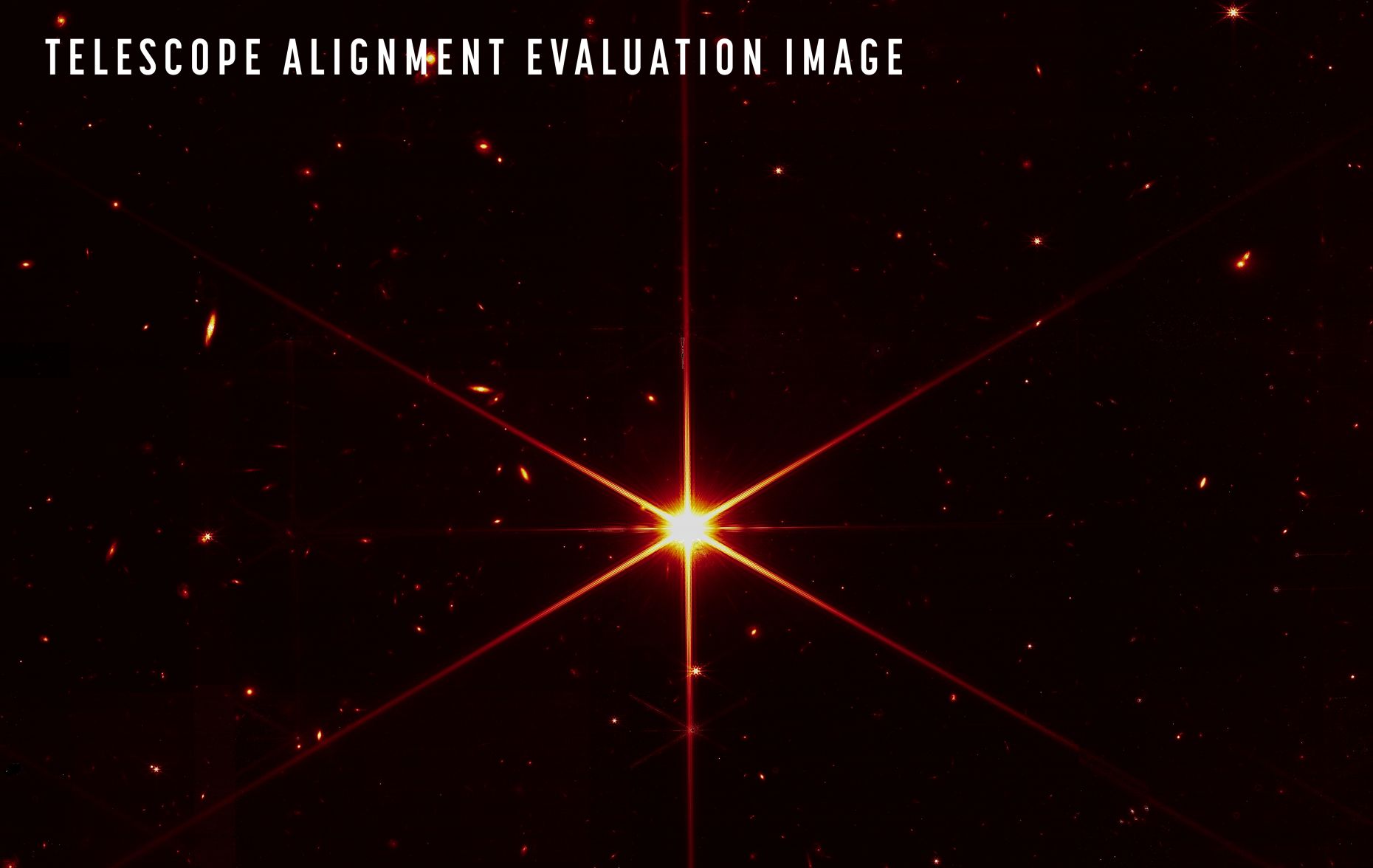Space telescope "James Webb" has passed first tests well
The responsible team now assumes that the telescope will function as well as planned, or even better, the US space agency NASA said on Wednesday. Before the telescope can begin regular operation, however, further preparatory work is necessary, which is expected to take a few more months.
The telescope had already sent its first images to Earth in February - including photos of a star and a selfie. The images, which were still somewhat blurred, were intended to prove that the camera and the telescope's 18 mirror segments basically worked. Now the researchers put the various photos of a single star together to form an image.
"James Webb" was launched into space on 25 December aboard an Ariane launcher from the European spaceport Kourou in French Guiana. During the flight, which lasted about four weeks, the telescope's sunshade was deployed and the mirror systems were extended, among other things. In January, "James Webb" then reached its target orbit. Scientists hope that the telescope's images will provide insights into the time after the Big Bang, around 13.8 billion years ago.
The "James Webb" took about 30 years to develop and cost about 10 billion dollars (about 8.8 billion euros). It follows the "Hubble" telescope, which has been in use for more than 30 years. Austrian space technology from Beyond Gravity was also used to build the telescope.

